Recently, the FBI warned about voice phishing attacks. DDoS Attacks targeted Top UK VoIP Providers. Due to CoVID-19, Unified Communications and VoIP service users working from home are affected by a lack of security in their VoIP services. So, the question raised into our mind, “How you can protect your VoIP network from threats?” and “What to do to ensure your the Safety and Security of your VoIP phone system?” That’s why we talked to top security specialists. And, according to their recommendation, we enlisted the 12 best actions to guarantee that your VoIP security, cash, and reputation are safe from wrong actors on the Internet.
Strong Passwords and Two-Factor Authentication or 2FA should be used to protect user credentials
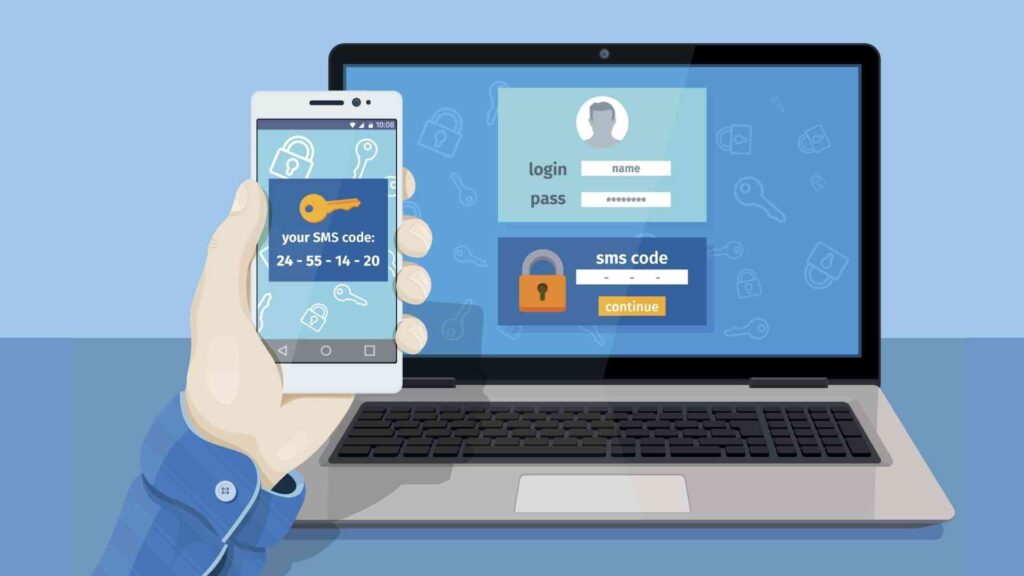
It goes without saying that changing the password on your VoIP phone or device is essential. Like many network devices that can be managed via a web interface, VoIP phones come with a default password that must be changed immediately. The default login is generally admin/admin, and it should be changed the first time you log in to the phone.
While default credentials vary depending on the manufacturer and model, they are collected with a simple Google search but hardly ever use a strong password.
If your company has a credential management policy, it’s a good idea to apply it to both desk phones and the online interface. A solid credential management policy, which includes expiration and complexity criteria, is critical to successfully managing security credentials. It’s a good idea to encourage staff to change their passwords regularly.
All users of your VoIP phone system should be required to utilize two-factor authentication. Well-known VoIP companies give 2FA to users and allow you to check on the online dashboard to ensure that all users have successfully enabled the functionality.
Perform periodic call log reviews

This security advice needs very little technical understanding of networks or VoIP systems in general. It is, nevertheless, recommended practice to conduct frequent audits of VoIP traffic in call records.
The majority of well-known VoIP companies offer extensive call statistics with data such as:
- call duration on average
- hold time on average
- total number of incoming and outgoing phone calls
- total number of calls / total number of missed calls
- total time spent by the user
You may quickly detect significant variations in inactivity by monitoring these call records and comparing period to period. These bits of information can guide you in the direction of places where there may be gaps or abuse.
Administrators should look for unusual call durations, locations, and times when outbound calls are started. Any anomalies in these logs should be looked into to confirm that your system has not been hacked.
When looking for a new VoIP service, detailed call reporting is a crucial feature to look for, and top VoIP Service Providers provide real-time call monitoring. These records will reveal a lot about your baseline usage and will be important in monitoring the health of your phone system and planning for future expansion.
Disable international calling or turn on geo-fencing

Bad actors on the Internet will frequently try to use VoIP systems to make international calls that will bill your account – this is known as a toll scam. It’s bad enough that your system or network has been hacked, but accruing use on calls you didn’t make adds salt to injury.
It’s a good idea to enable geofencing if you need to make international calls. Geo-fencing is also used on network firewalls and email servers to block access to countries with many potential hackers.
VoIP systems such as 3CX, Dialpad, 8×8, Ringcentral, and Nextiva allow you to restrict unwanted calls to/from particular countries, area codes, and phone numbers. On the VoIP Service Dashboard or Security Settings, you may add countries to a blacklist to prevent incoming and/or outgoing calls from that country.
Another comparable precaution would be to utilize IP blacklists on your firewall to prevent connections to known malicious IP addresses, including VoIP traffic. IP blacklists are available on reliable public aggregator sites like dnschecker.org.
Use SaaS for VoIP Calls

As individuals and huge companies use the knowledge of professionals to handle a complicated piece of software or application, software as a service has become an essential element of day-to-day office operations. Rather than constructing and maintaining your own VoIP infrastructure, consider outsourcing your PBX and VoIP services to a SaaS provider.
Most VoIP service providers offer a rich feature set out of the box, a user-friendly UI, and complete support. Furthermore, built-in security mechanisms safeguard you against fraudulent activity on your account and can serve as an extra set of eyes to avoid significant breaches.
Keep Security Patches Up to Date
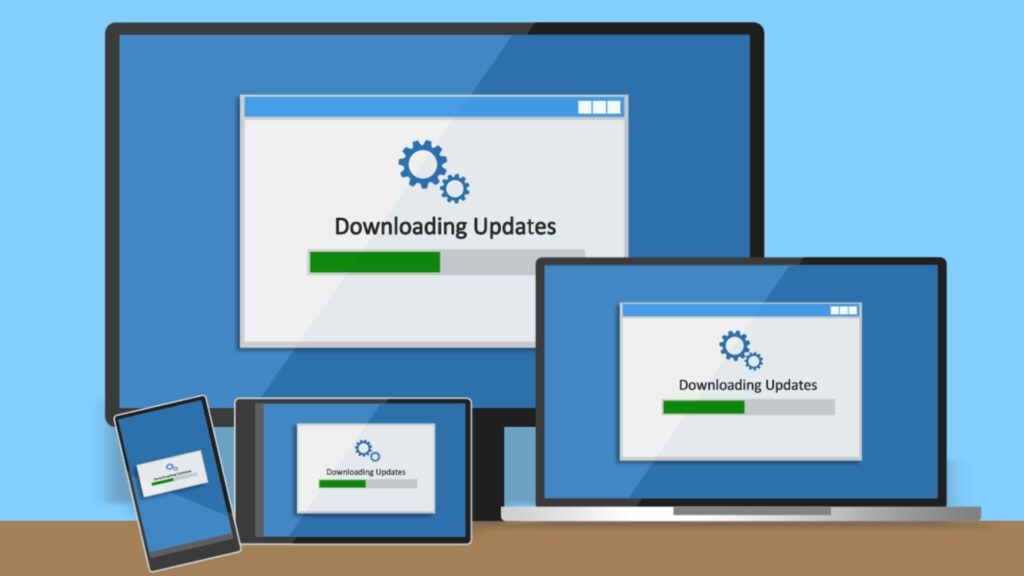
Your VoIP phone, like other network security devices and PCs, must be updated.
Before deploying your VoIP system, it is a good idea to change the firmware on your IP phones in addition to altering the default credentials. Updating the firmware guarantees that the most recent security updates are implemented and that any vulnerability gaps are closed before your phone system goes live.
Firmware upgrades should be reviewed regularly (quarterly is suggested), deployed as soon as feasible, and included in the overall update plan for all networked devices as part of the IT asset management strategy.
Make use of a Router with a Firewall
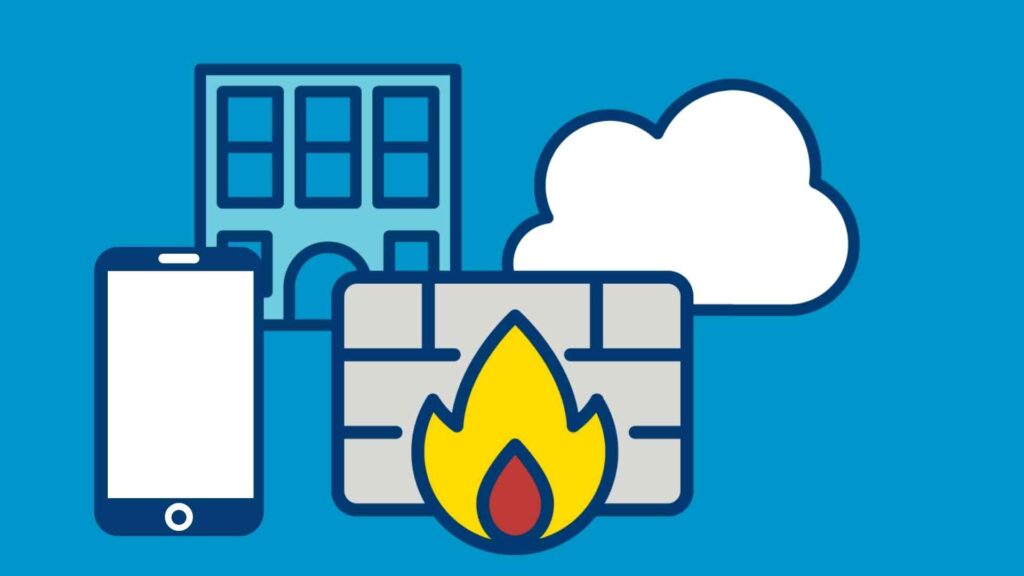
We occasionally hear about people connecting their IP phones straight to the Internet without utilizing a router or firewall. This implies that anyone with an internet connection may access the phone’s web interface. If the phone’s administrator password is still the factory default – well, that makes the perpetrator’s job too easy.
Check that the router is not in bridge mode, which disables all routing functions and assigns a public IP address to all devices on the network. Looking at the phone’s IP addresses is a fast approach to see if your network is in bridge mode or not. If the IP addresses begin with 192.168.x.x or 10.10.x.x, you are in a closed network and should be OK. If your phone’s IP address seems to be different, make sure it’s linked to a router and that the router is not in Bridge Mode.
If your router has a firewall, you should always turn it on. Firewalls monitor network traffic and attempt to prevent anything that appears to be suspicious.
Restriction on Physical Access to Networking Equipment
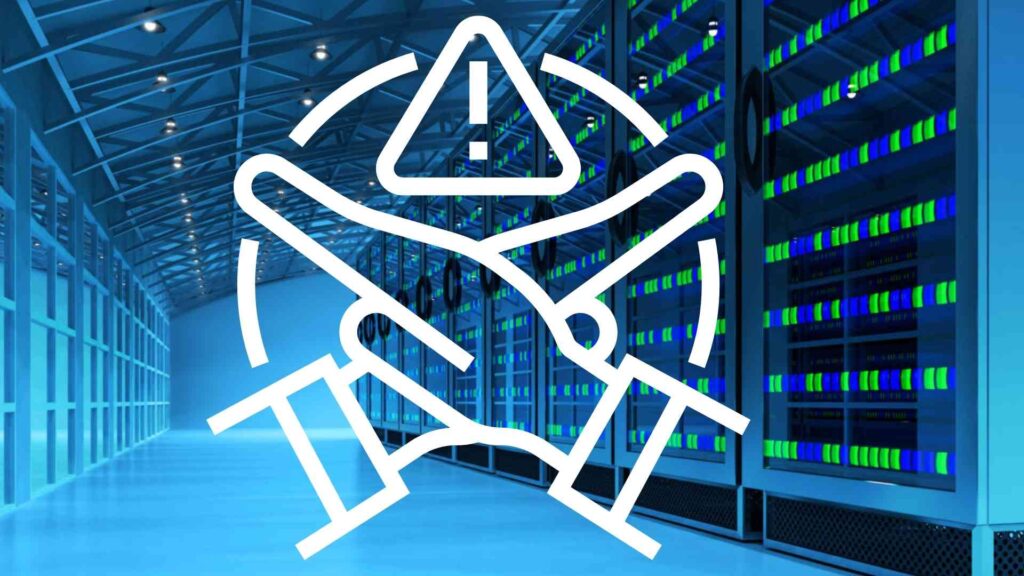
Networking equipment should be kept in a closed room or cabinet that only the IT staff can access. Securing access to the physical hardware that connects your network is critical to preserving the integrity of all of your IT services, including VoIP. To safeguard your networking room, consider installing security cameras and implementing an access record that is inspected regularly.
Restrict User Permissions
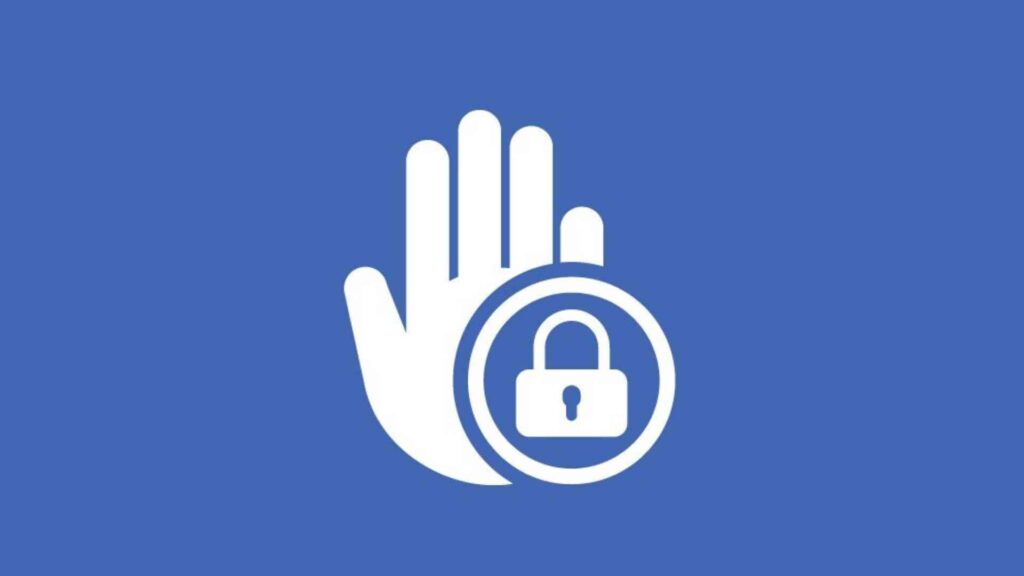
VoIP Services provides a web interface to help you configure the device and access extra functions and customization choices. The web interface also controls how it communicates with the VoIP system. Therefore it will require your user credentials. While the web interface might make the setup more straightforward, it is another entry point into your VoIP system that must be protected.
As previously stated, robust security credentials are required to access the web interface. Still, services such as RingCentral or Nextiva also enable multiple degrees of user rights to restrict system access. Users with default access can only view their own call logs and messages. Administrators can provide users additional permissions to handle different aspects of the system, such as call flows, billing, and other users. Make sure you use caution when giving user rights and that users with administrator access have 2FA activated.
Ensure Data Encryption
It is critical to deal with a VoIP provider who encrypts call processing data transferred between VoIP servers and your network. Renowned VoIP Service Providers guarantee end-to-end encryption throughout all conversations and messages for the duration of the data.
It is also critical that your network is secured to avoid damage from malicious actors snooping around your systems. Even if someone gains access to your machine, encrypted VoIP connections ensure that the data is inaccessible to them.
Educate Users
Your VoIP users are only a component of your system’s first line of protection against fraudulent behaviour, but they may be one of the most effective. Proper education about security credentials and what to expect from the standard quality of service on VoIP conversations may aid in the security of your system. End users who are educated provide you with an extra set of eyes to check for unusual behaviour that might signal that your system has been compromised.
It is also critical to establish standards for what should be shared during a phone conversation to avoid the unintentional exposure of personally identifiable information, company data, identity theft, or other personally intrusive criminal behaviour. Security training should also be seen as a continuous activity. As new security concerns and possible attacks arise, it is critical that your training evolves to meet these unknown risks. Keep your users informed because they are the ones who will be utilizing the system daily.
Prevent Ghost Calls
Incoming calls with no one on the other end are known as ghost calls, and they are one method used by hackers to access your phone system.
When hackers seek for phones to attack, they use a technique known as port scanning. This is a strategy in which they rapidly send particular data requests to millions of different IP addresses on the Internet and then wait for any responses. For example, when an IP phone receives an incoming call, they generally transmit the same data request as a VoIP server – the request that causes the phone to ring.
When the phone gets this request, it will notify the sender that it was received and that the phone has begun to ring. When the hacker gets the confirmation, he knows an IP phone on this IP address and may attempt to penetrate it. If the phone isn’t behind a router/firewall at the same time, and the default password hasn’t been changed – well, that’s just making things too simple.
However, if the phone is secured, the hacker has a minimal possibility of gaining access and exploiting the phone. However, he can continue to submit these port scan requests to make the phone ring, which can be pretty unpleasant for coworkers. This is when you’ll hear ghost calls.
Fortunately, there is a simple technique to avoid unwanted ghost calls. Most IP phones include an option that instructs them only to accept incoming calls from the server to which they are connected.
Deploy Intrusion Prevention Systems
Intrusion prevention systems will monitor your VoIP system’s overall performance and balance the strain on your network to guarantee that your quality of service stays good. Together with other security elements, these load balancing techniques will identify anomalous behavior that occurs after a distributed denial-of-service attack (DDoS).
In addition to the preventive measures built into the top or new VoIP platforms, intrusion prevention systems might be featured on your firewall. It is critical to consult with your IT department to determine what tools are available to you and maintain them up to date on the most recent security updates.
Let’s summarize, “What to do to ensure your the Safety and Security of your VoIP phone system?”
You can also keep a note of the following points to make sure you are not forgetting anything.
How you can protect your VoIP network from threats?
- Strong Passwords and Two-Factor Authentication or 2FA should be used to protect user credentials. While default credentials vary depending on the manufacturer and model, they are collected with a simple Google search but hardly ever use a strong password.
- Perform periodic call log reviews. It is, nevertheless, recommended practice to conduct frequent audits of VoIP traffic in call records.
- call duration on average
- hold time on average
- total number of incoming and outgoing phone calls
- total number of calls / total number of missed calls
- total time spent by the user
- Disable international calling or turn on geo-fencing. It’s a good idea to enable geofencing if you need to make international calls. Geo-fencing is also used on network firewalls and email servers to block access to countries with many potential hackers.
- Use SaaS for VoIP Calls. Built-in security mechanisms safeguard you against fraudulent activity on your account and can serve as an extra set of eyes to avoid significant breaches.
- Keep Security Patches Up to Date. Firmware upgrades should be reviewed regularly (quarterly is suggested), deployed as soon as feasible, and included in the overall update plan for all networked devices as part of the IT asset management strategy.
- Make use of a Router with a Firewall. Check that the router is not in bridge mode, which disables all routing functions and assigns a public IP address to all devices on the network. Looking at the phone’s IP addresses is a fast approach to see if your network is in bridge mode or not. If the IP addresses begin with 192.168.x.x or 10.10.x.x, you are in a closed network and should be OK. If your phone’s IP address seems to be different, make sure it’s linked to a router and that the router is not in Bridge Mode.
- Restriction on Physical Access to Networking Equipment. To safeguard your networking room, consider installing security cameras and implementing an access record that is inspected regularly.
- Restrict User Permissions. The web interface also controls how it communicates with the VoIP system. Therefore it will require your user credentials. While the web interface might make the setup more straightforward, it is another entry point into your VoIP system that must be protected.
- Ensure Data Encryption. Renowned VoIP Service Providers guarantee end-to-end encryption throughout all conversations and messages for the duration of the data.
- Educate Users. Your VoIP users are only a component of your system’s first line of protection against fraudulent behavior, but they may be one of the most effective.
- Prevent Ghost Calls. When hackers seek for phones to attack, they use a technique known as port scanning. This is a strategy in which they rapidly send particular data requests to millions of different IP addresses on the Internet and then wait for any responses.
- Deploy Intrusion Prevention Systems. Intrusion prevention systems will monitor your VoIP system’s overall performance and balance the strain on your network to guarantee that your quality of service stays good.




No Comment! Be the first one.